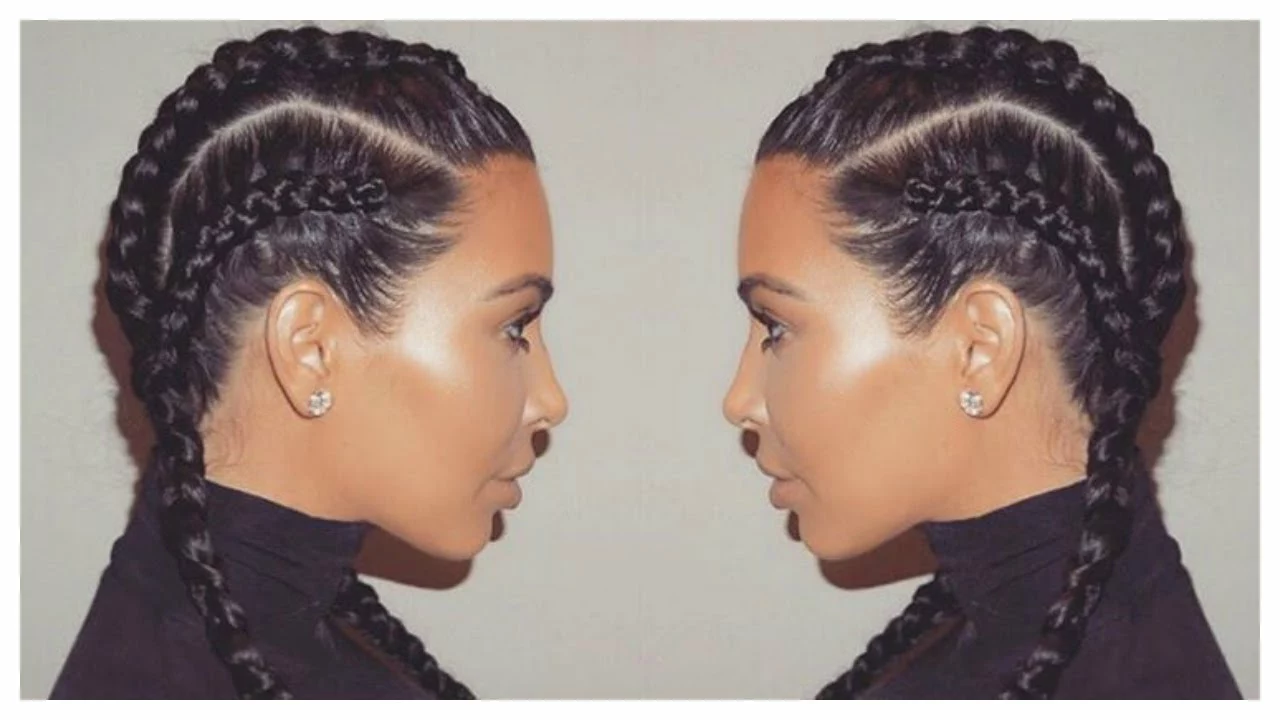Cultural Studies: Identity, Appropriation, and Respect
Cultural studies looks at how people create meaning through traditions, fashion, language, and art. You’ll find pieces here that ask tough questions: Who gets credit when a style spreads? Who profits? Who gets erased? One recent post asks whether it’s cultural appropriation for Arabs to wear cornrows. That question opens a useful door into bigger issues we all face when cultures mix.
How to tell appropriation from exchange
Start by checking power and history. Cornrows have deep roots in African communities—used for identity, status, and resistance. If a style travels to another group and the original culture is ignored, mocked, or erased, that’s appropriation. If people adopt a style while learning its history, giving credit, and supporting originators, that leans toward respectful exchange. Ask: who benefits, and who pays the cost?
Intent matters, but impact matters more. Someone might wear cornrows without meaning harm, yet if Black hairstylists lose work or people from the origin culture face discrimination while others get praised, the impact is harmful. Don’t treat culture as a costume you can pick up and drop without consequences.
Practical steps you can take
Want to wear or share something from another culture responsibly? Do these simple things. First, learn the history—not a quick Google snippet, but a few reliable sources or voices from the community. Second, give credit: mention where the style comes from and why it matters. Third, support creators from the origin community—hire them, buy from them, amplify their voices.
Also, listen. If people from that culture say it’s painful or exploitative, don’t debate them into silence. Asking questions shows respect: why is this meaningful? What should outsiders avoid? If you’re offered permission by members of the culture, that’s a strong sign you’re on the right track.
Be mindful of context. In workplaces or schools, certain styles can trigger biased treatment. Fighting for policies that protect cultural expression matters. And avoid turning sacred or historically charged practices into trends or Halloween costumes. Those moves erase context and cause real harm.
Real examples help. When musicians or brands use Black hairstyles in ad campaigns but neglect Black creators, that’s appropriation tied to profit. By contrast, collaborations that credit hairstylists, share revenue, and highlight cultural history show a more respectful model.
Cultural mixing is inevitable and can be positive when people act with awareness. Use curiosity instead of entitlement. Ask, learn, credit, and support. That approach reduces harm and builds bridges instead of erasing them. If you want a focused read, check the piece asking whether Arabs wearing cornrows is appropriation—it's a clear, practical look at one real-world example and how to think about these issues without shouting matches.
